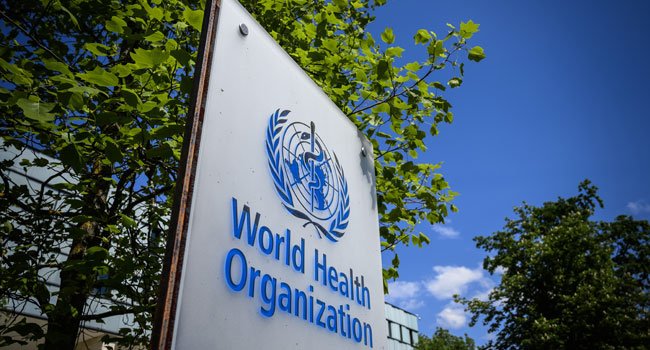The World Health Organisation (WHO) has reported a significant reduction in the number of African countries battling active type 2 poliovirus outbreaks — dropping from 24 to 14 between 2024 and 2025 — representing a 54 per cent decline in virus detections across the continent.
Dr. Mohamed Janabi, WHO Regional Director for Africa, disclosed this in a statement commemorating World Polio Day, marked annually on October 24, under the theme “End Polio: Every Child, Every Vaccine, Everywhere.”
Janabi commended Africa’s progress toward polio eradication, reaffirming the organisation’s commitment to ensuring that every child receives life-saving vaccines against the preventable disease.
He noted that in April 2025, African Health Ministers launched a regional vaccination drive targeting 83 million children, a move that has significantly contributed to the drop in poliovirus outbreaks and detections.
By October 2025, two countries had reported type 1 cases, 14 reported type 2 cases, and three reported type 3 poliovirus cases — a trend Janabi said reflected both the continent’s progress and the ongoing challenges.
According to him, the gains were achieved through enhanced cross-border coordination, surveillance, laboratory capacity, and the adoption of digital tools that have improved vaccination reach, efficiency, and equity.
“Between January and October 2025, 15 countries vaccinated nearly 200 million children with at least one polio vaccine dose during supplementary immunisation campaigns,” he said.
“Thirteen countries conducted synchronised campaigns, even in difficult contexts such as the Horn of Africa, where four countries vaccinated more than 18 million children in two rounds.
“Cross-border coordination in the Lake Chad Basin and Sahel regions has been critical in reaching children in border communities and reducing transmission among vulnerable populations.”
Janabi added that Madagascar successfully declared the end of its circulating poliovirus type 1 outbreak in May 2025, following sustained response measures and continuous surveillance.
He further revealed that by mid-2025, 11 WHO-supported laboratories had expanded genomic sequencing capabilities, while six began piloting advanced techniques. Uganda’s Sanger facility, he said, also received upgraded accreditation, improving virus detection and variant tracking.
Environmental surveillance has expanded, with 98 per cent of African countries now monitoring wastewater and sewage for polioviruses, enabling early detection and rapid containment before wider spread.
Janabi highlighted that digital innovation is enhancing field operations — more than 850,000 frontline workers are now paid through mobile money within 10 days of campaign completion, improving accountability and timeliness, particularly in hard-to-reach areas.
He also said geospatial mapping technology is helping teams identify and vaccinate previously missed children, including nomadic and border populations, thereby improving overall coverage and outbreak prevention.
Despite the progress, Janabi warned that challenges such as declining routine immunisation rates, campaign disruptions, insecurity, and vaccine hesitancy continue to threaten eradication efforts.
He called for sustained cross-border collaboration, targeted outreach to “zero-dose” children, stronger surveillance systems, and high-quality outbreak responses to achieve a polio-free Africa.
“Ending polio means strengthening our health systems, workforce, and networks that support immunisation, outbreak preparedness, and resilient healthcare services,” he stated.
“The final push requires continued commitment, adequate financing, and coordinated action to reach every child with every vaccine and consign polio to history forever.
“The last mile is the hardest but also the most important. On World Polio Day, let us renew our determination to protect every child, everywhere, and end polio for good,” Janabi added.


